
Diffraction is the bending of light waves around the edge of an object.
- Subject:
- Science
- Provider:
- Utah Education Network
- Author:
- Visual Learning Company
- Date Added:
- 02/28/2010

Diffraction is the bending of light waves around the edge of an object.
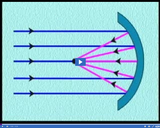
Light rays coming in parallel to a concave mirror are reflected through a focal point. In turn, the rays of light produced by a light source positioned at a concave mirror's focal point reflects light rays parallel to one another.
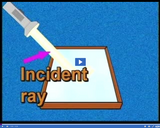
According to the law of reflection, the angle of incidence, which is the angle at which light strikes an object, is equal to the angle of reflection, which is the angle at which light bounces off an object.
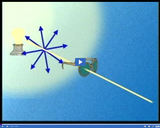
In sunglasses the polarized light that is passed through the filter is vibrating along a single plane, which helps reduce glare.
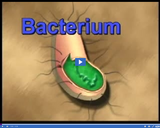
A bacterium contains the following parts: capsule, cell wall, cell membrane, cytoplasm, hereditary material, flagella.

Viruses are tiny particles that have the ability to invade cells. Viruses need the help of host cells to reproduce.
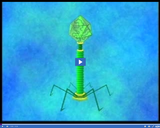
Viruses have two main parts: hereditary material and a protein coat. The hereditary material is responsible for the production of new viruses. The protein coat surrounds and protects the hereditary material.

A bacteriophage, a type of virus that attacks bacteria, attaches itself to a cell and injects hereditary material into the bacteria. The hereditary material takes control of the cell and creates new viruses.
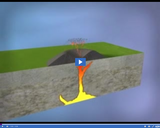
Cinder cone volcanoes are the result of smaller fountain-like eruptions that cause a cone to form.

Composite volcanoes tend to have a pattern of violent eruptions that produce cinders and ash followed by lava, which spreads over previous layers of debris.

The epicenter is the point on Earth's surface located directly above the focus. The focus is the point beneath Earth's surface where the earthquake originates.
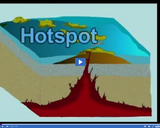
Volcanoes that do not occur at plate boundaries are usually caused by hot spots, which are especially hot areas in the upper mantle of the earth. Volcanoes occur when magma from these hot spots makes its way up through the crust.
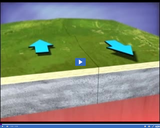
When sudden movement occurs along a fault, rocks break or slide past each other and energy is released, causing an earthquake.
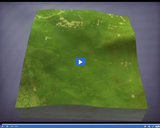
Sudden movement in Earth's crust generates waves of energy, which travel outward through the ground.

Primary waves are the fastest moving type of seismic wave. They are compression waves, which means that rock particles are pushed or compressed in the direction of the wave and then bounce back.
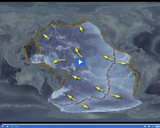
This area around the Pacific Plate is often referred to as the Ring of Fire because it is surrounded by converging plates, which produce many volcanoes.

Many earthquakes occur along the San Andreas fault, which is a transform or strike-slip fault.
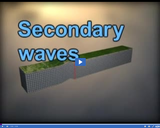
Secondary waves are slower seismic waves that arrive after primary waves. In secondary waves, rock particles move at right angles to the direction of the wave.
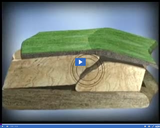
Seismic waves are high-energy waves that radiate outward from the focus of an earthquake.
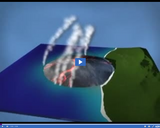
Shield volcanoes tend to produce non-explosive eruptions in which a relatively thin layer of lava spreads out over a large area, creating a gently sloping mountain.